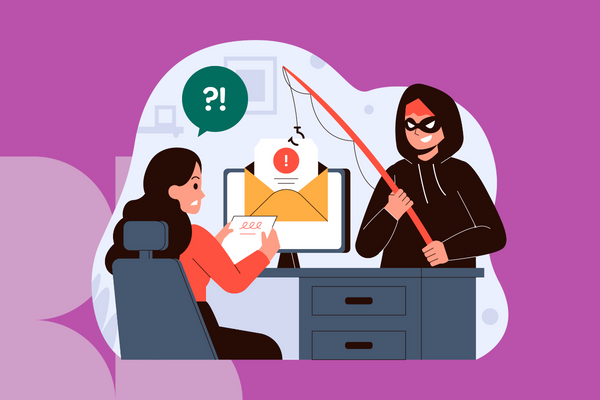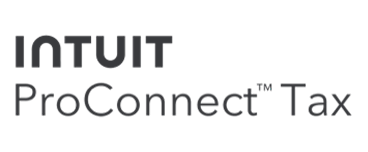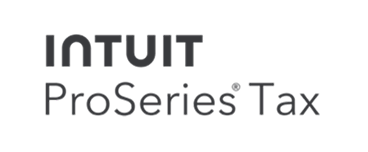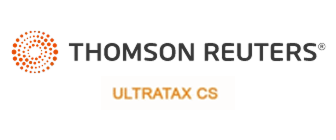
3 Tax Scams and Fraud to Watch for During the Busy Season
Each year, taxpayers across the United States find themselves victims of scams. Worse still, reports have shown that scams are on the rise: The 2022 Annual Report of the Identity Theft Tax Refund Fraud Information Sharing Mission and Analysis center shows that there were eight million reports of tax scams and fraud. This number is four times greater than the fraud reported in 2021, and it’s not expected to drop anytime soon.
While it’s never a good time to lose your money to a scammer, this year, with high inflation, a possible recession, and skyrocketing prices for rent, food, and other basic goods, it’s critical to be aware of the schemes taxpayers are facing in 2023. Below, we’ll discuss three scams you and your clients should stay on the lookout for this year.
1. Sending texts and emails claiming to be from the government and demanding immediate action.
One popular trick scammers use occurs via text, email, and even social media. They frequently contain links or attachments, and they often come with panic-inducing threats, such as demanding immediate payments to avoid being arrested. The IRS has sent out warnings about such scams, as well as tips on how to keep yourself safe.
First and foremost, it’s crucial that you never click any links or download any attachments – these frequently contain viruses that will infect your computer and steal your information, possibly without you ever knowing it. Second, keep calm if you get something like this. The IRS and state tax agencies will only ever contact you by mail. They do not call, email, direct message (DM), or text taxpayers. Getting any one of these messages is a red flag.
If you think a scammer might’ve reached out to you or if you accidentally clicked a link or attachment, don’t be embarrassed to reach out to your bank and let them know what happened. If you wait too long, they won’t be able to help. Also, it’s a good idea to contact the government and ask them if they sent something to you. Just don’t use the phone number or email provided by the scammer: Look up the proper number online yourself and use that one.
2. Applying for unemployment benefits in your name.
Stealing taxpayers’ identities and applying for fraudulent unemployment benefits in their name has become increasingly common during the pandemic. To combat this, the government has begun to launch serious investigations and even done away with the statute of limitations completely. In the meantime, however, you need to be aware of the red flags that this has occurred. Here are the major ones:
- You filed for unemployment, but you haven’t received the benefits despite the fact that you’ve been authorized to do so. This may be because a scammer has stolen your identity and ensured your money is being sent to their account, not yours. This is called “Claim Hijacking” or “Claim Account Takeover.”
- You haven’t filed for unemployment, but you’re getting notices from the government saying you did. The letters could come from the state you reside in or from a state you’ve never even been to. Often, they’ll ask for things like verification of your identity. They might inform you unemployment benefits have been filed under your name and even include your address, and you might even receive money you never applied for.
- Your employer lets you know they received a request to approve unemployment benefits for you. Yes, this can happen, even though you have a job and haven’t left it. Your employer has to pay both federal and state taxes on unemployment for their staff members, and they’re also the ones who determine if you’re even eligible to receive unemployment. Thus, any requests for it will go through them.
- A 1099-G tax form is sent to you for unemployment benefits you either didn’t apply for or didn’t get. If you never received the money despite applying for unemployment benefits and being authorized, or if you didn’t apply and still get one of these forms, it’s a surefire sign somebody else has applied for unemployment in your name. Worse still, the government believes it’s you and now wants you to put it on your tax returns.
There are a few things you should do if any of these scenarios occur. First, immediately report the issue to the state where the unemployment benefits were filed for – even if you’ve never lived or worked there. Second, don’t include unemployment income on your tax returns. Only put down the money you actually made or received. Don’t wait for the state to determine it’s fraud to file your returns, and don’t file an amendment. Also, fill out and sent a report to the U.S. Justice Department’s National Center for Disaster Fraud. Finally, check your credit report for suspicious activity and credit cards taken out in your name, and freeze your credit.
3. Stealing your tax refund
This scam is extremely popular and leaves millions of hardworking taxpayers high and dry each year. With this age-old scheme, thieves will steal your identity, file a W-2 in your name, and then have your tax refund deposited into their account. To make things worse, they don’t necessarily have to contact you to get the information they need, which includes your Social Security number.
Frequently, taxpayers only find out this happened when they go to file their real tax return and find out it’s been rejected because the IRS says it’s already been filed. The key to making this scam successful is obtaining your SSN. You can protect yourself by leaving your Social Security card at home and never sharing this number with anyone. Also, do not give out any of your personal information over the phone, even when the caller claims to be a government agent. The same goes for emails that request such information. Just delete them.
To keep your clients safe this tax season, make sure you use the right technology, including a secure document management system that encrypts all information.
Built with bank-level security, SmartVault is the most secure way to store and share your documents. Schedule a 15-minute demo to see why over two million people trust SmartVault with their data.






